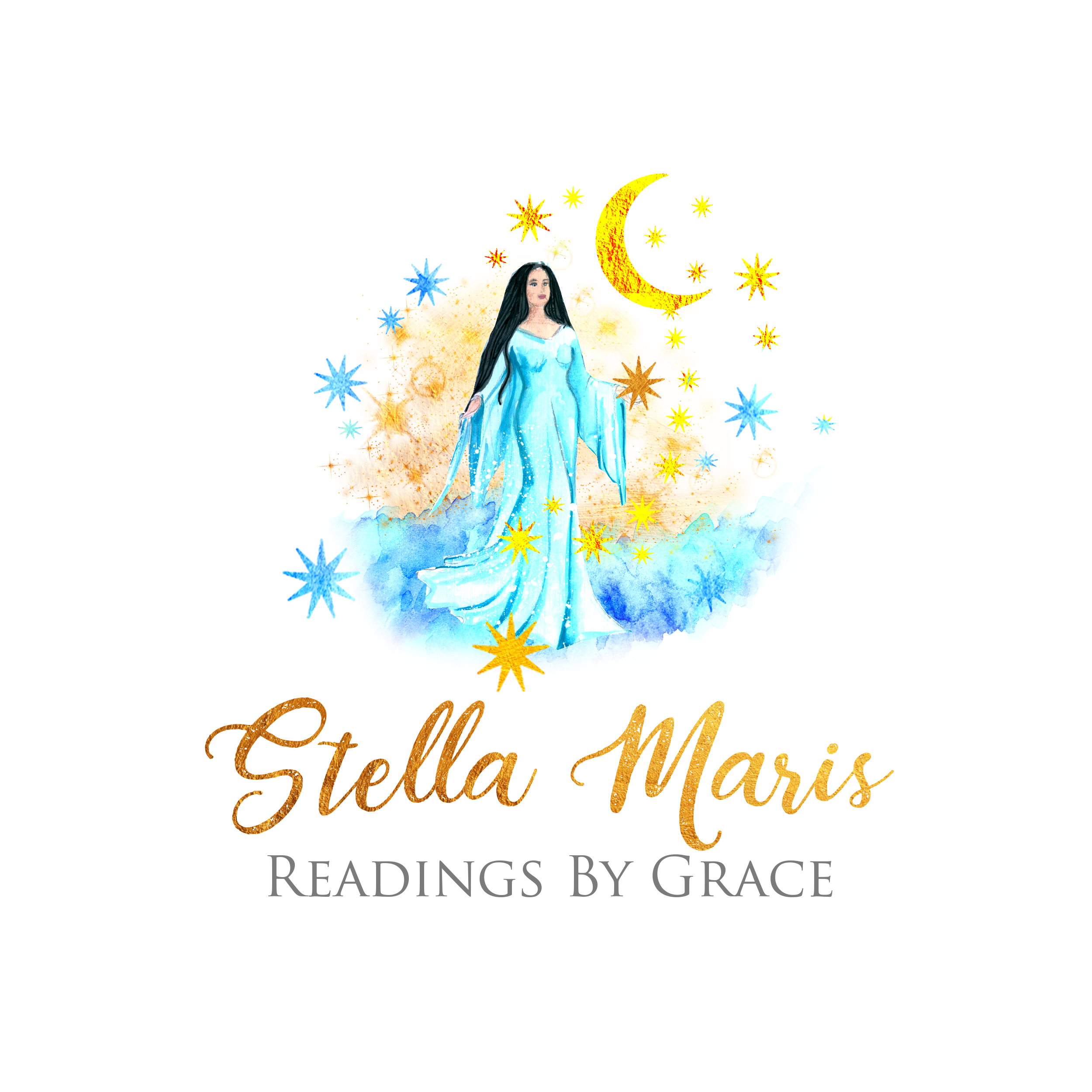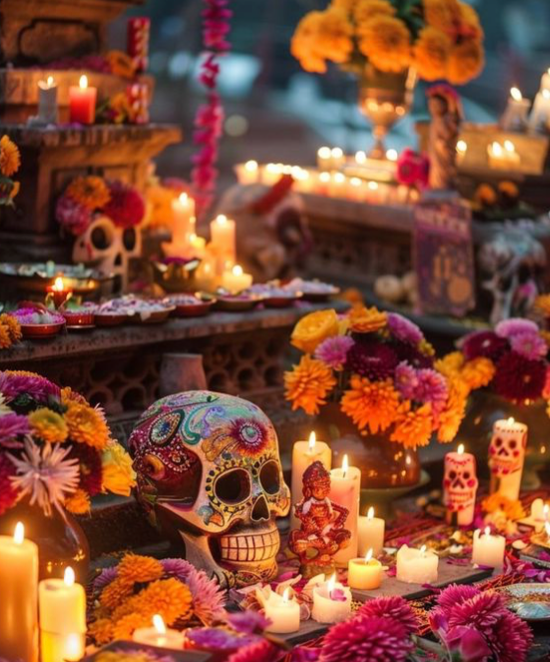Día de los Muertos, or Day of the Dead, is a rich and vibrant celebration held primarily in Mexico on November 1 and 2, coinciding with All Saints' Day and All Souls' Day. This holiday honors loved ones who have passed away, transforming mourning into a joyous remembrance filled with tradition, love, and connection. Although Día de los Muertos has roots in both indigenous beliefs and Catholicism, it has grown into a distinctive cultural holiday embraced worldwide for its unique approach to life and death.
Día de los Muertos has deep roots in ancient Mesoamerican cultures, especially among the Aztec, Maya, and other indigenous peoples. These cultures saw death not as an end but as a continuation in the circle of life, with spirits of the departed remaining closely tied to the living. When the Spanish arrived in Mexico, Catholic traditions—especially All Saints' and All Souls' Days—melded with indigenous beliefs to create the holiday we know today.
The holiday now reflects a fusion of these beliefs, with November 1 dedicated to honoring angelitos, or children who have passed away, and November 2 set aside for remembering deceased adults. During these two days, it’s believed that the spirits of the dead return to the earthly realm, joining loved ones in a joyous reunion where memories and love are celebrated.
Altars (Ofrendas): Families create vibrant altars, or ofrendas, at home or in cemeteries, carefully arranged to welcome back the spirits. These altars often include photos, favorite foods, drinks, and personal items that belonged to the deceased. Marigold flowers, or cempasúchil, are placed around the altar to guide spirits back to the living world with their bright colors and unique fragrance.
Calaveras (Sugar Skulls): These decorative skulls have become symbols of Día de los Muertos. Made from sugar or clay, calaveras often bear intricate designs and are sometimes inscribed with the names of the deceased. They symbolize the idea that death can be sweet and joyful, a playful reminder of life’s fleeting nature.
La Catrina: The image of La Catrina, a skeletal figure dressed in elegant clothing, has become one of the most recognizable symbols of the holiday. Created by Mexican artist José Guadalupe Posada, La Catrina is a satirical figure meant to remind everyone that death is inevitable and treats everyone equally, regardless of social class.
Pan de Muerto: This special bread, or pan de muerto, is baked with orange and anise flavors and adorned with bone-shaped decorations. Families often place it on the ofrenda or enjoy it together during the celebration as a symbol of the cycle of life and death.
Cemetery Visits: Families often gather in cemeteries to decorate graves, light candles, and spend time with their departed loved ones. It’s common to see families sharing food, music, and memories by the graveside, creating a beautiful, communal atmosphere that merges joy with remembrance.
Unlike typical somber mourning, Día de los Muertos is about celebrating the lives of loved ones who have passed away. It’s a time to reflect on cherished memories, tell stories, and honor those who came before us. The holiday reminds people that life and death are intertwined, encouraging them to live fully and cherish every moment.
Día de los Muertos is also a testament to the resilience of Mexican culture, where traditions have not only survived but flourished and captivated hearts worldwide. The holiday has grown beyond Mexico, with communities in the United States and other countries embracing the celebration. Whether through public parades, personal altars, or gatherings in cemeteries, Día de los Muertos brings people together in a beautiful expression of love, remembrance, and connection. In this way, Día de los Muertos serves as a powerful reminder that our loved ones live on as long as we remember and honor them. As we celebrate Día de los Muertos, we embrace life in all its beauty, recognizing that our connections to one another transcend even death.

